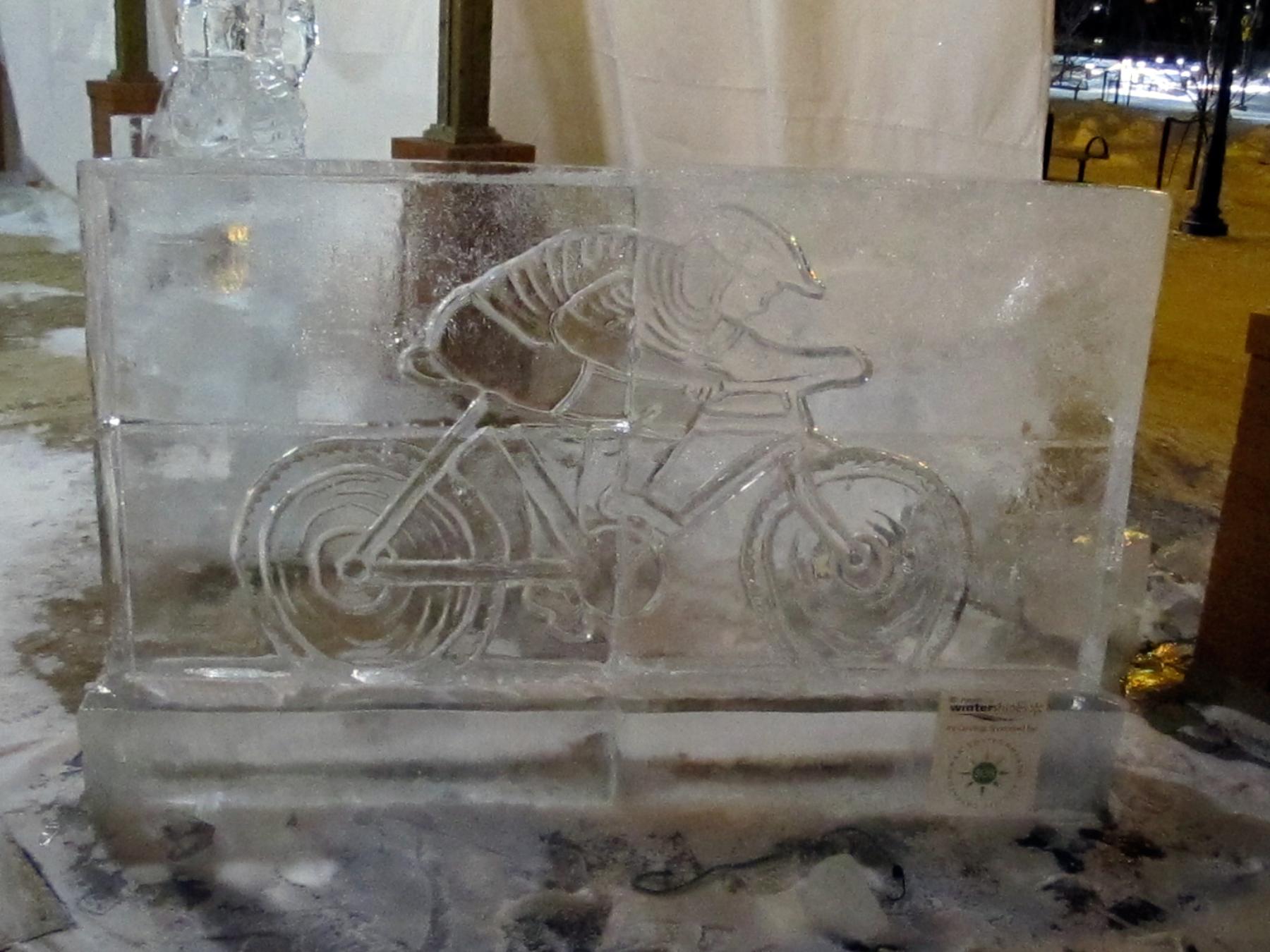As the winter months approach, bike enthusiasts often find themselves facing a common dilemma: what to do with their beloved tandem bike during the chilly season. While storing a regular bicycle can be relatively straightforward, the task becomes slightly more complex when it comes to tandem bikes. Fear not, for in this ultimate guide, we will explore the best practices and tips for safely storing your tandem bike during the winter months. From finding the perfect storage location to protecting your bike from harsh weather conditions, we’ve got you covered. So grab a warm cup of cocoa and get ready to ensure your tandem bike stays in top shape throughout the winter!
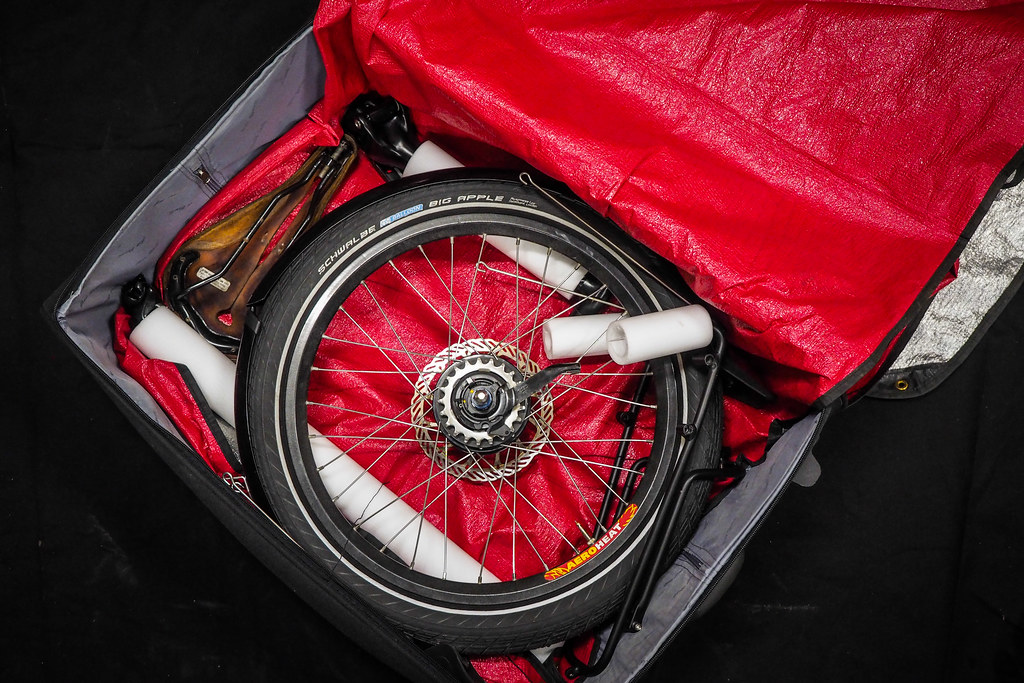
Introduction: The Importance of Proper Tandem Bike Storage in Winter
The winter season can be particularly harsh on tandem bikes, and proper storage is essential to ensure that your bike remains in optimal condition until spring. Neglecting to store your tandem bike correctly during the winter months can lead to issues such as rust, corrosion, and damage to sensitive components. In this comprehensive guide, we will walk you through everything you need to know about storing a tandem bike during the winter.
Proper storage of your tandem bike involves more than just finding a place to park it. You’ll need to take necessary steps beforehand and equip yourself with the right tools and supplies for winterizing your bike. Additionally, understanding the challenges unique to storing tandem bikes in winter is crucial in order to avoid potential problems down the line.
By following our step-by-step guide, you’ll be able to prepare your tandem bike for winter storage effectively. We’ll cover choosing the right storage location (indoor or outdoor), cleaning and maintaining your bike before storage, protecting it from cold weather elements like moisture and temperature fluctuations, as well as long-term storage tips for keeping it in top shape until spring.
So let’s dive into this ultimate guide on how to store a tandem bike during the winter!
Understanding the Challenges: Why Winter Storage for Tandem Bikes is Different
Storing a tandem bike during winter requires special attention due to the unique challenges posed by cold temperatures and potentially harsh weather conditions. Extreme cold can cause damage to various components of your tandem bike if not stored properly, such as the frame, gears, cables, and seals. Moisture from snow or rain can also lead to rusting and corrosion.
Additionally, storing a tandem bike in winter may involve limited usage or even complete hibernation for several months. This means that proper storage techniques must be implemented to ensure that your tandem bike remains in top shape until spring arrives.
Another factor to consider is the size of a tandem bike compared to single bikes – it’s often larger and bulkier. This can make finding suitable storage options more challenging, especially for those living in small apartments or houses with limited storage space.
By understanding these challenges specific to winter storage for tandem bikes, you’ll be better equipped to take necessary precautions and implement effective storage strategies that will protect your investment throughout the colder months.
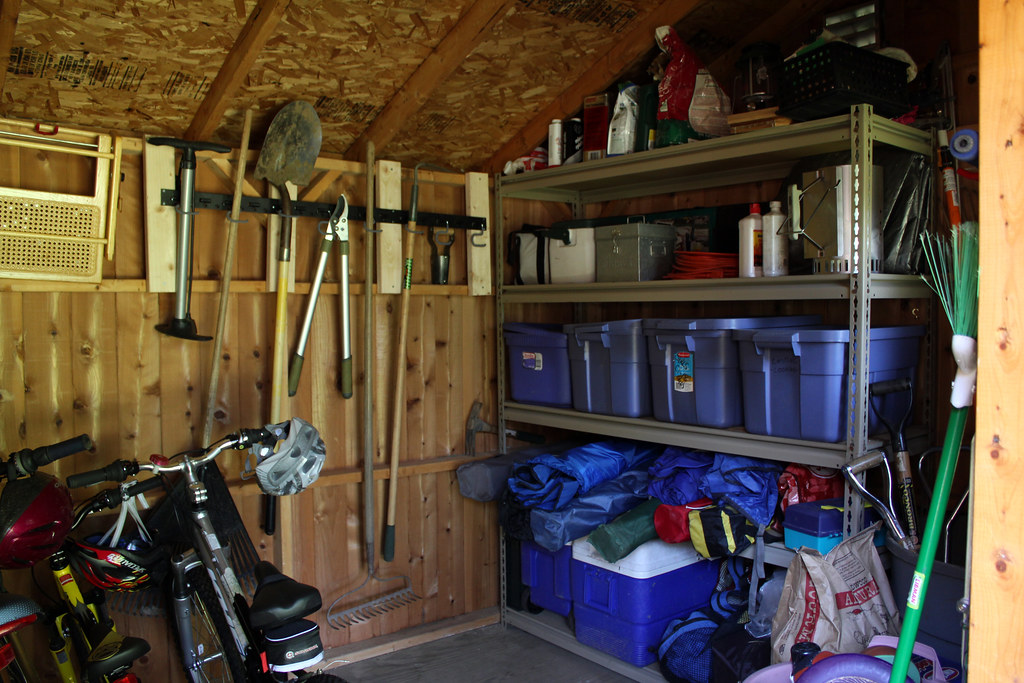
Preparing Your Tandem Bike for Winter Storage: Step-by-Step Guide
The first step is to follow. thoroughly clean your tandem bike. ** Giving your tandem bike a thorough cleaning is crucial before storing it for the winter. Any dirt, grime, or salt residue that may have accumulated during your rides can be removed with a mild soap and water mixture. Pay close attention to the brakes, drivetrains, and other moving parts.
Step 2: Inspect and lubricate the chain and other parts. ** Check the condition of the chain, cassette, and derailleur on your tandem bike. Before storage, think about replacing them if they are worn or damaged. To prevent rust and corrosion during the winter, apply a premium bicycle lubricant to the chain and other moving parts.
Step 3 is to slightly inflate the tires. It’s advised to slightly deflate your tandem bike’s tires to avoid damage while in storage. This relieves pressure on the inner tubes and keeps them from getting misshapen or developing flat spots over time.
Step 4: Take off any accessories or detachable parts. ** Take off any accessories that are simple to remove from your tandem bike, such as lights, water bottle cages, or saddlebags. To avoid moisture damage, store them separately in a dry location.
Step 5 is the following step: Use a breathable cover to cover your tandem bike. Invest in a breathable bike cover that will shield your tandem bike from dust and moisture while allowing air circulation. Avoid using plastic covers because they can trap moisture and lead to rust formation.
You can make sure that your tandem bike is properly prepared for winter storage, lowers the risk of damage, and keeps it in top condition until spring by following these steps.
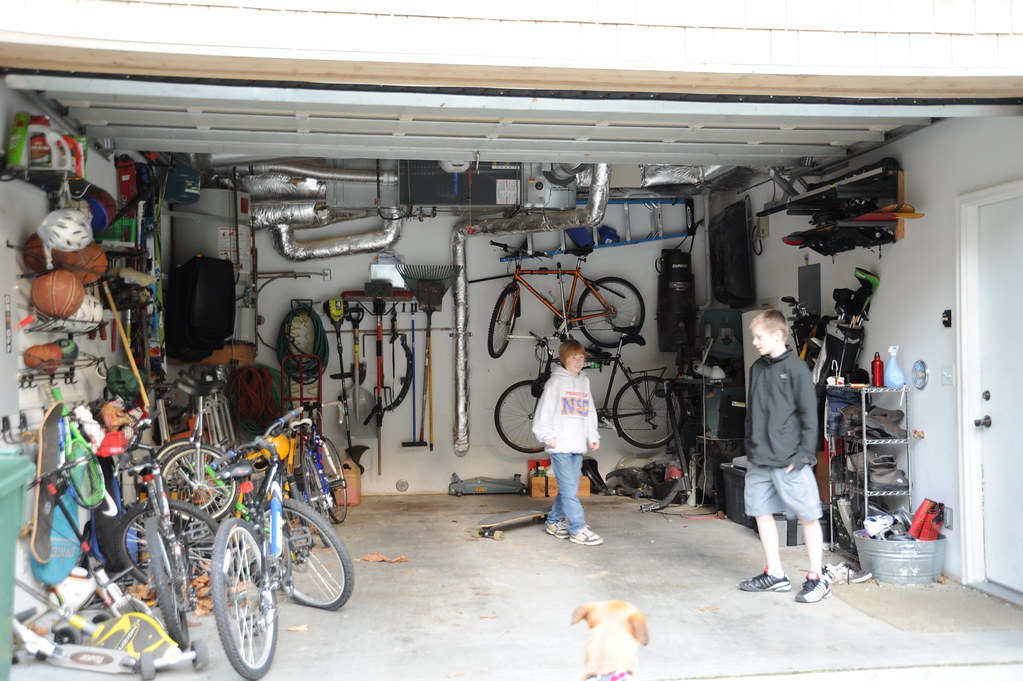
Choosing the Right Storage Location: Indoor vs. Outdoor Options
When it comes to storing your tandem bike during the winter, choosing the right storage location is crucial. Indoor storage is generally the best option as it provides protection from the harsh winter elements. If you have a garage or a basement, these are ideal places to store your tandem bike. Make sure to clear out any clutter and create enough space for your bike.
If indoor storage is not possible, outdoor storage can be considered as a last resort. However, it’s important to take extra precautions to protect your bike from the elements. Invest in a high-quality waterproof cover specifically designed for tandem bikes. Additionally, consider using a tarp or plastic sheeting to provide an extra layer of protection against moisture.
Regardless of whether you choose indoor or outdoor storage, ensure that your tandem bike is kept in a secure location to prevent theft or damage. If storing outdoors, consider using a sturdy lock and chain to secure your bike.
Remember, proper storage is essential for maintaining the longevity and performance of your tandem bike during the winter months.
Essential Tools and Supplies for Winterizing Your Tandem Bike
To properly winterize your tandem bike, you’ll need a few essential tools and supplies. These items will help protect your bike from the harsh winter elements and ensure it stays in top shape until spring.
*Bike Cover*: Investing in a high-quality bike cover is crucial for protecting your tandem bike from snow, rain, and dust. Look for one that is waterproof and has UV protection to prevent any damage caused by the sun’s rays.
*Chain Lubricant*: Applying chain lubricant before storing your tandem bike can help prevent rust and corrosion during the winter months. Make sure to clean the chain thoroughly before applying lubricant to ensure proper adherence.
*Tire Sealant: Using tire sealant can help maintain proper tire pressure* during storage, as cold temperatures can cause air loss over time. Follow the manufacturer’s instructions on how much sealant to use per tire.
*Silica Gel Packets*: Moisture is an enemy of bikes, especially during winter storage when condensation can occur easily. Place silica gel packets inside various parts of your bicycle frame or storage bag to absorb excess moisture.
*Zip Ties or Velcro Straps*: Secure loose cables or accessories using zip ties or velcro straps to prevent them from getting tangled or damaged while in storage.
*Degreaser and Cleaner: Before storing your tandem bike, give it a thorough cleaning with a degreaser and cleaner specifically designed for bicycles. This will remove dirt, grime, and salt residue accumulated during rides*.
Remember, investing some time into properly preparing your tandem bike for winter storage will pay off when you’re ready to hit the road again come springtime!
Best Practices for Cleaning and Maintaining Your Tandem Bike Before Storage
Cleaning and maintaining your tandem bike before storage is crucial to ensure it stays in top shape throughout the winter. Start by thoroughly cleaning your bike, removing any dirt, mud, or debris that may have accumulated during your last ride. Pay extra attention to the drivetrain, as this area tends to collect the most grime.
Next, inspect all components for wear and tear. Check the brake pads for signs of excessive wear and replace them if necessary. Make sure all bolts are tightened properly and inspect the tires for any cracks or damage. Lubricate the chain and other moving parts with a good quality bicycle lubricant.
Consider giving your tandem bike a protective coating to prevent rust and corrosion during storage. Apply a thin layer of wax on painted surfaces and use an appropriate protectant on metal parts.
Finally, adjust what needs adjusting! Ensure your brakes are aligned properly so they don’t rub against the rims unnecessarily while in storage. Double-check that your gears shift smoothly without any issues.
By taking these steps to clean and maintain your tandem bike before storing it for winter, you’ll give yourself peace of mind knowing that come springtime, you can hit the road again without any hassles or unexpected surprises.
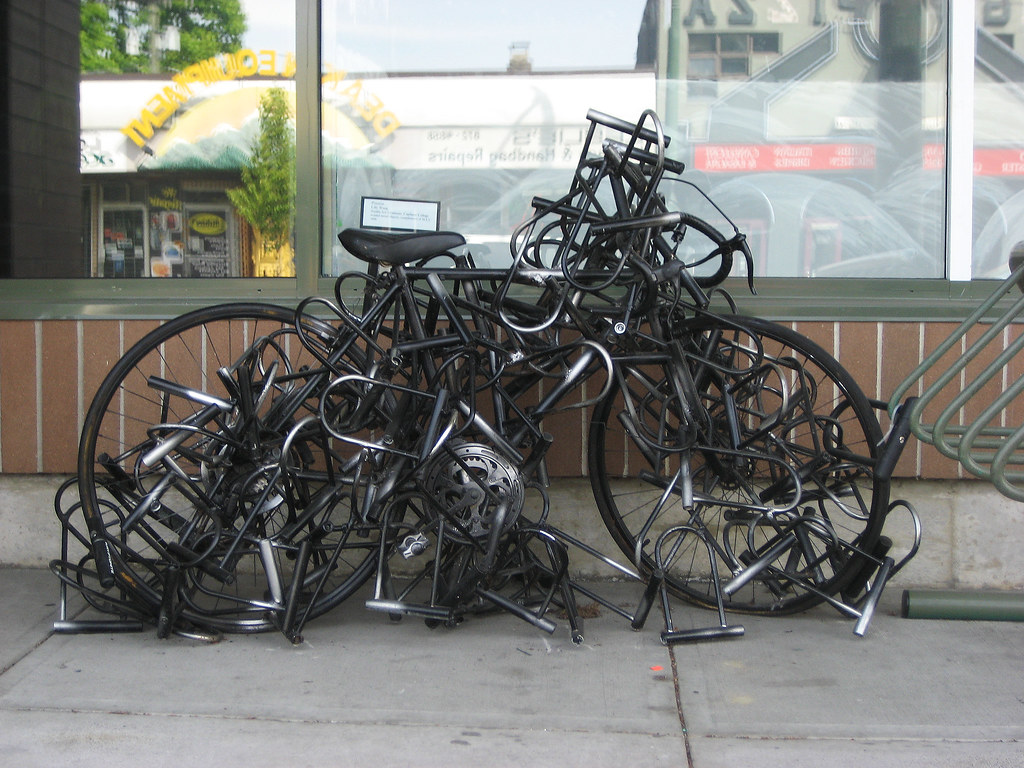
Protecting Your Tandem Bike from Cold, Moisture, and Other Elements
7. Protecting Your Tandem Bike from Cold, Moisture, and Other Elements
When storing your tandem bike during the winter, it’s crucial to protect it from the harsh elements to ensure its longevity. Here are some essential tips to keep your bike safe:
*Clean and dry your bike thoroughly: Before storing your tandem bike, give it a thorough cleaning to remove any dirt, grime, or salt residue. Make sure it is completely dry to prevent rust formation*.
*Apply a protective coating*: Consider applying a protective coating such as wax or a corrosion inhibitor to the frame and other metal parts of your bike. This will provide an extra layer of protection against moisture and rust.
*Cover your bike*: Use a breathable cover specifically designed for bicycles to shield your tandem bike from dust, moisture, and UV rays. Avoid using plastic covers as they can trap moisture and lead to condensation.
*Elevate your bike*: If storing your tandem bike in a garage or shed, elevate it off the ground using a stand or hooks. This will prevent moisture absorption from the floor and reduce the risk of damage.
*Keep it away from extreme temperature changes: Avoid storing your tandem bike in areas with extreme temperature fluctuations, such as near windows or heating vents. These rapid changes can cause components to expand and contract, leading to potential damage*.
By following these steps, you can protect your tandem bike from cold, moisture, and other elements during winter storage, ensuring that it’s ready for many more enjoyable rides in the spring.

Frequently Asked Questions about Storing a Tandem Bike During the Winter
How do I store a tandem bike in the winter? Storing a tandem bike during the winter requires some extra care and attention to ensure it remains in good condition until spring. Here are some frequently asked questions about storing a tandem bike during the winter:
Do I need to remove all accessories before storing my tandem bike for the winter? It is advisable to remove any non-essential accessories such as water bottle cages, lights, or saddlebags. This will not only prevent them from getting damaged but also make storage more compact.
Should I deflate the tires of my tandem bike before storing it for the winter? Yes, you should partially deflate the tires to reduce pressure and minimize stress on them during storage. However, do not completely deflate them as this can lead to rim damage or loss of shape.
Can I hang my tandem bike from hooks or racks when storing it indoors? Hanging your tandem bike vertically can help save space when stored indoors but be cautious with this method. The weight distribution on tandems is different compared to regular bikes, so ensure that they are properly supported by using sturdy hooks or racks designed specifically for tandems.
Is it necessary to lubricate moving parts before putting my tandem away for winter storage? Yes, it is essential! Apply lubricant appropriately to all moving parts like chains, derailleurs, and cables before storing your bicycle for an extended period of time. This will help prevent rust and corrosion while ensuring smooth operation when you take your ride out again in spring.
What temperature range is ideal for indoor storage of my tandem bike during winters? Ideally, aim for a stable indoor temperature between 50°F (10°C) and 70°F (21°C). Extreme cold temperatures may cause rubber components like brake pads or seals to harden or crack over time.
Remember that proper preparation and maintenance are key to keeping your tandem bike in top shape during the winter months. Following these tips will help ensure a smooth transition back onto the road when spring arrives.
properly storing your tandem bike during the winter is crucial to ensure its longevity and performance. By following the steps outlined in this guide, you can protect your bike from the harsh elements and keep it in top shape until spring arrives.
Remember to thoroughly clean and maintain your tandem bike before storage, as this will prevent any dirt or grime from causing damage over time. Additionally, invest in the necessary tools and supplies for winterizing your bike, such as lubricants, covers, and storage racks.
Choosing the right storage location is also important. If possible, opt for indoor storage to protect your bike from extreme temperatures and moisture. However, if indoor storage is not available, make sure to properly cover and secure your bike outdoors.
Lastly, don’t forget to periodically check on your tandem bike during its winter hibernation. This will allow you to identify any potential issues early on and take necessary measures to address them.
By following these guidelines and implementing best practices for winter tandem bike storage, you
